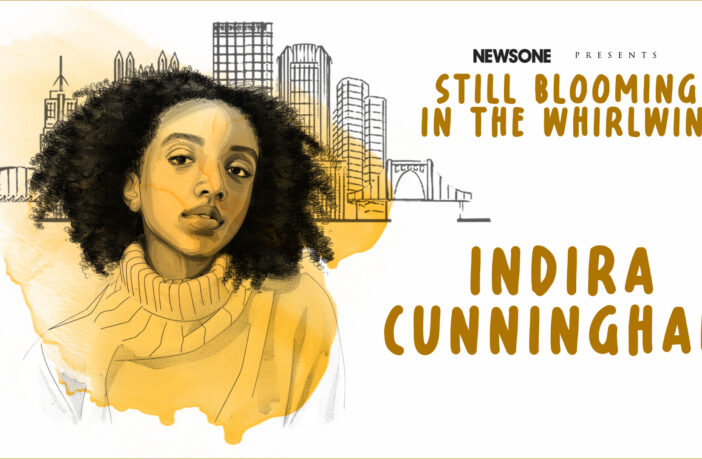Source: iOne Digital Creative Services
Indira Cunningham first started dancing ballet at the age of 3, stepping onto the hard floor of a studio space in Atlanta; at age 6 she discovered her passion for the art form when she saw herself represented in Black professional ballerinas, and she began dreaming of one day becoming a professional ballerina.
Now, the 24-year-old is leaping across stages near and far as her growth catapulted her into lead and principal roles in productions across the county – including The Nutcracker in Confluence Ballet’s Nutcracker for a Difference, an “OG” in Bill T. Jones’ We Shall Not Be Moved with Pittsburgh Opera, Chicago’s Salt Creek Ballet, and many others.
NewsOne Presents Still Blooming In The Whirlwind: Pittsburgh As A Black Cultural And Artistic Mecca
Over time, however, that ascent also revealed the stark, contrasting realities that exist for dancers who look like her, especially within a genre often considered a “classical” art form.
From being overlooked and isolated in larger, predominantly white ballet companies, to finding representation and safety in niche Black spaces, experiencing ballet in its many iterations has shaped what would become her firm stance on work toward equity: it’s simply not enough.
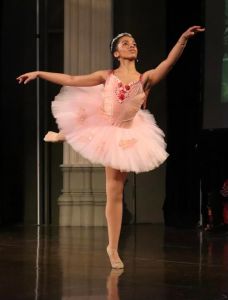
Indira Cunningham performed in 2023 as Sugar Rum Cherry in Norma Jean Barnes’ “The Chocolate Nutcracker.” | Source: Indira Cunningham
According to the American Statistical Association, as of 2021, Black dancers made up a mere 5.5% of dancers in professional ballet companies. Despite dance companies’ insistence that they are committed to diversity and equity, typically Black and brown dancers are only given the spotlight during Heritage Month productions. Oftentimes, Cunningham sees a long way between talk and action.
Now, as a recipient of the Pittsburgh Foundation’s Advancing Black Arts grant for her continued artistic and professional development, Cunningham spoke with NewsOne about the ongoing fight for representation and agency in ballet, and how the art form’s growth and development can sometimes mask the unique challenges still faced by young Black dancers today.
This interview has been edited for length and clarity.
In recent years ballet, like many fields, has undergone a transformation, awakening to institutional racism and injustice. Why do you say striving for diversity in ballet is not enough?
Even with the push for diversity, the ballet world still holds on to its old prejudices and exclusions. Diversity efforts often stop at just having a few dancers of color on stage and fail to address the deeper institutional changes that are needed.
There’s still a significant lack of diversity in leadership positions, which means the decision-making power remains with those who uphold traditional norms. It’s crucial that we see diversity in all areas of the industry. From choreographers to artistic directors, representation matters at every level.
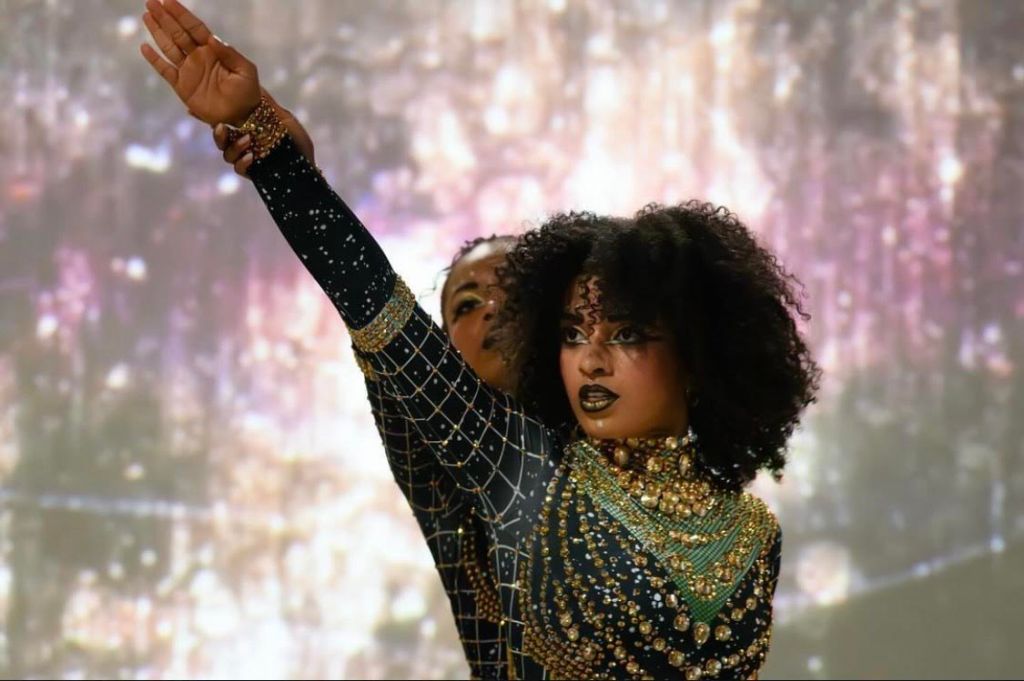
Cunningham performed “Opening the Mouth” by Ursula Payne as a part of Rainbow Serpent Inc.’s 2024 Gallery Opening of their Exhibit, “Myth-Science of the Gatekeepers,” at the Pittsburgh Glass Center. | Source: Nathan J. Shaulis
It’s not enough to get bodies in the building or create shades of brown tights. We need to address the systemic issues that have long kept ballet from being truly inclusive.
What are those issues, and how has your mission in dance worked to combat it?

Source: Liz Linett Photography
A lot of time, we conflate progress in diversity and equity with milestones or major firsts for dancers, but continued advocacy must address the systemic issues that keep the ballet world exclusive in the first place.
For any change to be sustainable, dancers of color must be empowered to advocate for ourselves in environments where we’re still conditioned to make ourselves small or stay in the background. Without that agency, we’re just repeating old patterns.
We can’t just focus on diversity as a numbers game without investment in the resources to create opportunities for underrepresented dancers at all levels, not just professionally. My advocacy is about ensuring that marginalized dancers are heard and have influence once they get their foot in the door, not once they’re “one of one” on stage.
That includes rejecting terms like “classically trained.” Why is that considered culturally biased?
The cultural barriers in dance are immense. Ballet has long been associated with Eurocentric ideals of beauty and form, which marginalizes those who don’t fit that mold. So many dancers of color face microaggressions and discrimination that make it hard to feel truly accepted and valued.
But ballet is just a technique, one way of moving among many. When people say ‘classically trained,’ they often mean ballet, but that term dismisses other dance forms as less legitimate or sophisticated.
I reject the idea that ballet is the pinnacle of dance training; it’s one part of a much broader spectrum. Equating classical training solely with ballet erases the rich traditions and techniques of other dance forms. We need to recognize that excellence in dance comes in many styles.
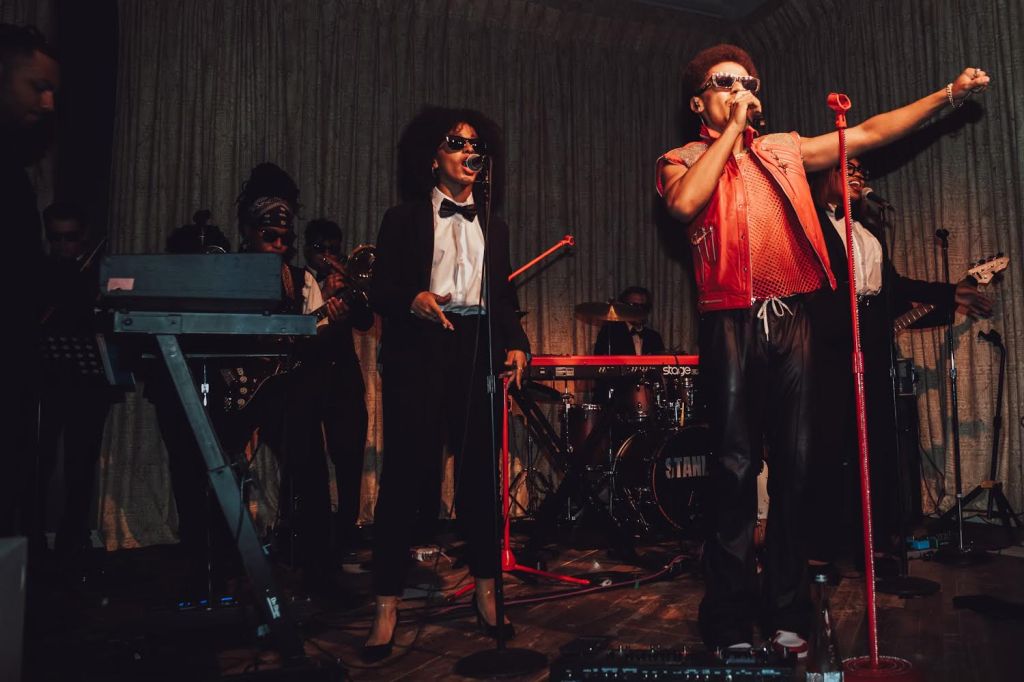
Cunningham performed with Grammy-nominated artist STANLEY at Soho House Nashville, July 2024. | Source: Isaiah Davis
Where do you see the art form after many more years, or decades, of racial reckoning?
I see the future of ballet as one where diversity is not just about representation but about genuine inclusion and equity. I envision an art form that evolves by embracing different cultural influences and breaking away from rigid traditions.
True progress will come when we recognize and value the contributions of dancers of color and give them the same opportunities and safety as their white counterparts, and when we treat all artists with the respect they deserve. We need to go beyond tokenism to address the systemic barriers that keep people of color from thriving, including the elitism that keeps people of color systemically disadvantaged.
This is not just about adding a few diverse dancers to the stage; it’s about rethinking the entire structure and culture of ballet to make it truly inclusive, from the studio to the stage, for the artists, the audience, and the community at large.
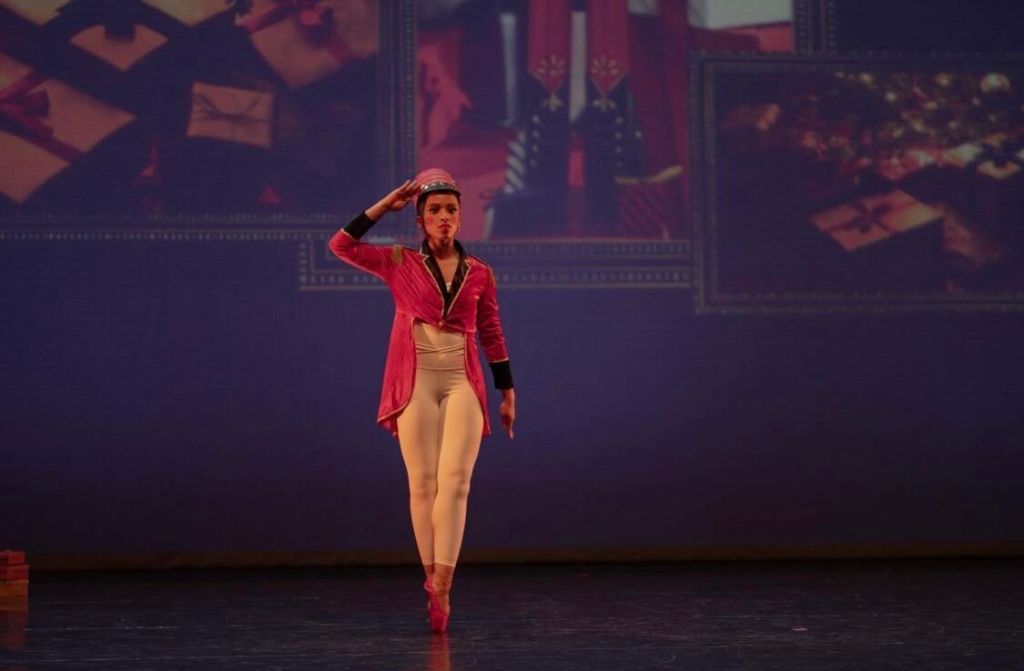
Cunningham performed as The Nutcracker in Confluence Ballet’s “Nutcracker for a Difference” in December 2023. | Source: Jacob Woodyard
What responsibility do you have within ballet, and those of us outside of it, to manifest that future?
This period of racial reckoning in America is pushing us to confront uncomfortable truths about our institutions, including ballet. But the change has to be comprehensive.
Leaders within ballet need to actively work towards creating an environment that is welcoming and supportive of all dancers, regardless of social identifiers or demographic backgrounds. It’s about changing the way we teach, the way we cast, the way we run our institutions, the artists we hire, and the art we choose to platform.
Those outside of ballet also have a role to play by supporting organizations and initiatives that consistently promote equity and inclusion in action. Everyone, from the dancers to the directors to the audiences, has a part to play in making ballet a more inclusive and equitable art form.
Accountability is crucial. We need to hold those in power responsible for making real changes. We have a long way to go, and I hope leaders in the industry feel the call to action to create a more equitable ballet world.
Kenya Evelyn is an award-winning, freelance multimedia journalist with more than a decade of experience covering news, politics, sports, and more – all with a concentration on culture and identity.
SEE ALSO:
Bonita Lee Penn Seeks To Connect Her History, Culture And Beliefs To Who She Is Today
Singer INEZ Wants To Build Pittsburgh’s Sprawling Black Music Scene Into A Unified Whole
10 photos
